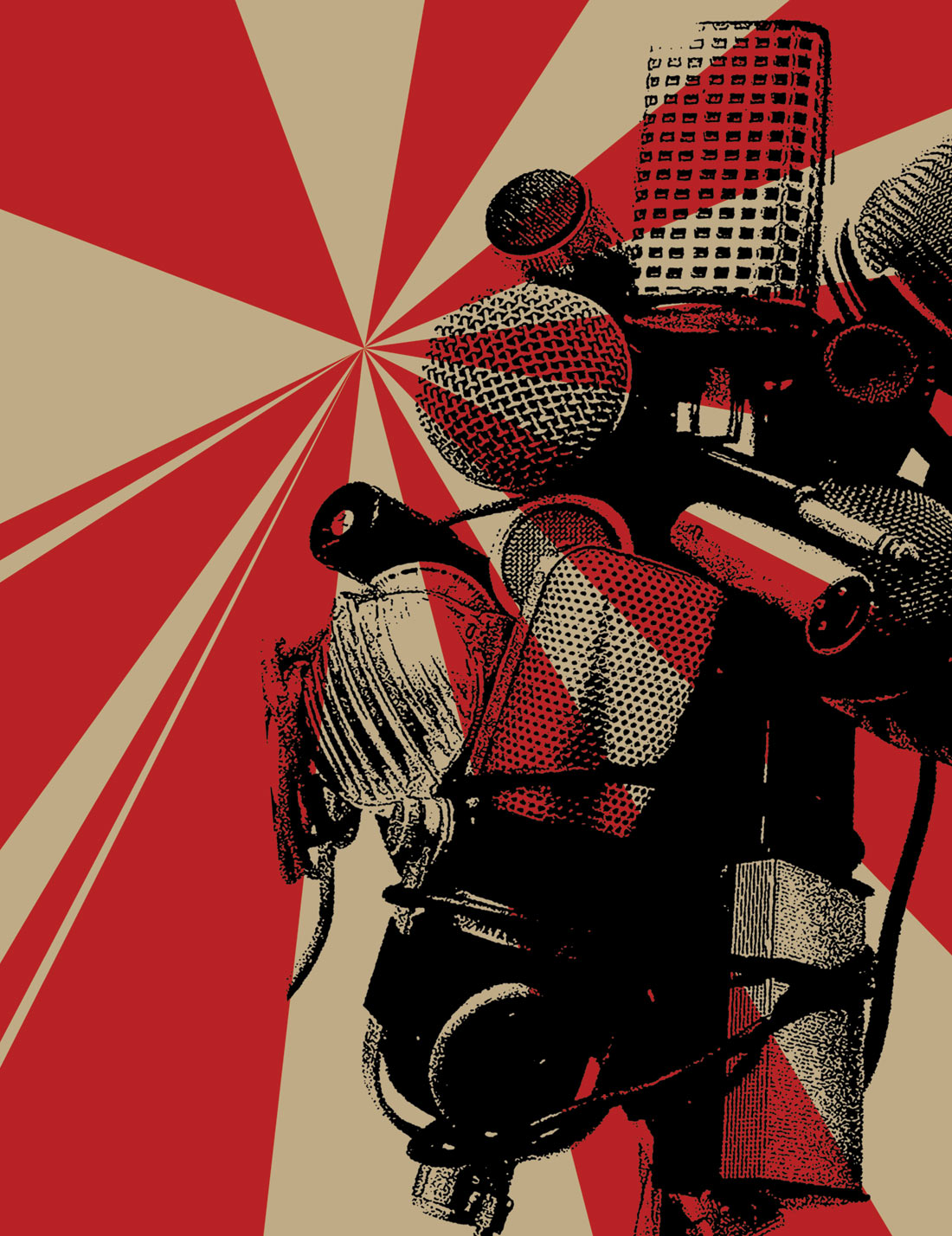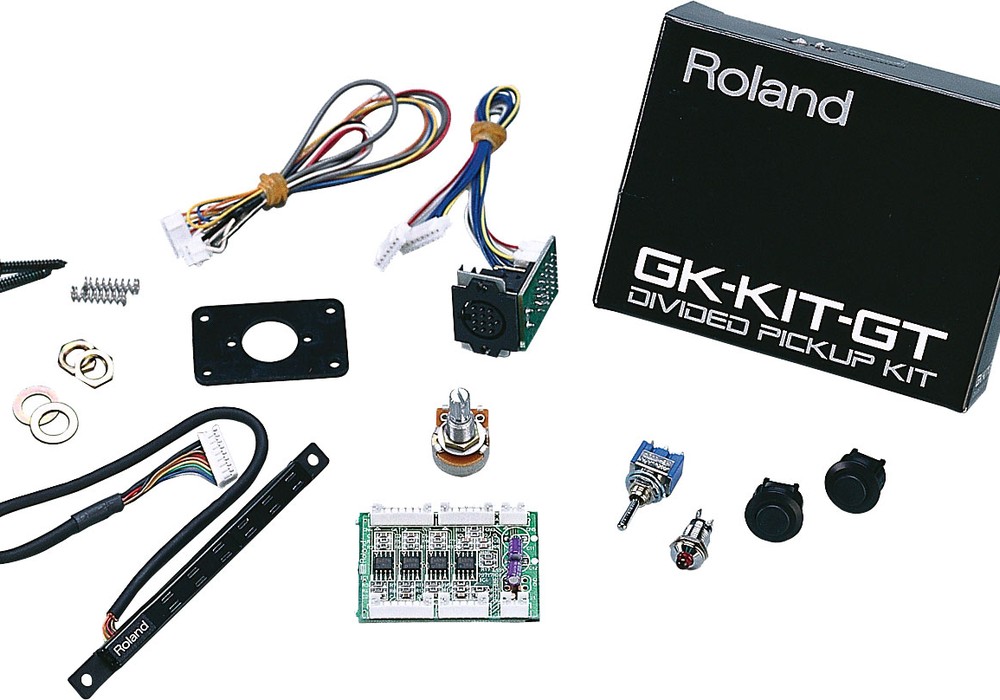The brunt of this review focuses on a shootout between the PreSonus FireStudio and the RME Fireface 800. Why? Because I already owned a Fireface and I needed a second interface. Not fair you say? The Fireface is over twice as much in street price! Yes, but the FireStudio held its own very well. In the end, the Fireface outpaced the FireStudio for low latency and load performance on both of my systems, but not enough to warrant the extra $800. Ultimately, I voted with my wallet and bought the FireStudio for my second system.
In short, the FireStudio is a 26x26 FireWire interface with eight mic preamps, sixteen channels of ADAT lightpipe, S/PDIF, and MIDI. It's capable of 96 kHz operation, and like the DigiMax FS that's gotten rave reviews (including Tape Op #57), it relies on JetPLL jitter-reduction technology (licensed from TC Electronic) for high converter performance. Included with the unit is a comprehensive software bundle, featuring "lite" versions of Cubase, Reason, Amplitube, BFD, Riffworks, Drumagog, Pluggo, etc., as well as more than 2 GB of drum loops, samples, and MIDI files-pretty much everything you need to start making music.
Pulling the FireStudio out of its box was a nice experience, but I think all manufacturers should start using eco-friendly packaging, and PreSonus is among those who haven't. The unit is built to a high level of quality, and it feels very solid. The sides are die-cast with "PreSonus" emblazoned on them-cool looking, but the words will ultimately be hidden behind the rack, and I always wonder if I'm paying extra for stuff like that. The cable for the in-line "lump" power supply locks onto the back of the FireStudio-thank you PreSonus.
I ran my tests on both a Mac G4 Dual 1.25 GHz with OS 10.4 and a Windows XP SP2 machine with an ASUS A8V Deluxe motherboard and AMD 3500+ processor. Not blazing machines by today's standards but very stable. Both machines run Nuendo 3, and the PC also runs Emulator X sampling software. I performed all tests and general usage at 96 kHz (except for the Blofelds DSP test). In terms of stability-in all tests and in general use-I had only minor problems. For example, with the Fireface and FireStudio cascaded via ADAT lightpipe, everything sync'ed well, but occasionally, I had to toggle the FireStudio's sync setting from ADAT to internal back to ADAT to achieve lock.
The mic inputs are on the front of the FireStudio, proving that the designers at PreSonus actually use their products in a project studio environment; I hate crawling behind the rack. The preamps have detented gain knobs. Recallable gain settings on a $700 box-wow! PreSonus makes a point to tell you that this unit has discrete-component (rather than chip-based) mic preamps operating at relatively high voltages. I applaud this direction, and as far as I know, PreSonus is the first to use discrete Class A preamps on a computer interface. I hoped they would be a soft-saturating design, but signals are either very clean at normal levels or very clipped when too hot-and nothing in between. [Maybe the converters are clipping before the preamps are? -AH] Using the two hi-Z inputs with passive pickups on guitar and bass, I found their sound to be a bit dark and slightly distant, but you might say "warm" too. The one blind listener I had with me liked the FireStudio DIs better than the Fireface, but we both agreed the Fireface had more highs. The FireStudio preamps are certainly worthy of a shootout with anything and represent a flavor I don't have. Unfortunately, the FireStudio doesn't have enough gain for my vintage ribbon mics (the Fireface does), and when I was testing this, I accidentally hit one of the phantom power buttons and flipped out. There are two, controlling four channels each. Luckily, I hit the one not connected to my mic. My preference would be for individual software control of phantom power, like on the PreSonus Inspire, because six condensers and two ribbons is a typical set of eight mics for me. [Modern ribbons with properly wired cables are immune to phantom power, but electrical spikes due to cross-patching while phantom power is enabled-or dodgy cabling-will damage any ribbon. -AH]
As long as I am griping about design decisions, the headphone amp baffles me. I plugged in phones and thought the unit was broken. There were steady rolling waves of white noise. I searched the net for others with this problem and was shocked to find this presonus.com forum note explaining its design: "The main out and headphone potentiometers aren't potentiometers at all-they're digital encoders. What this means is that the Main Outs and Headphone jacks are fed directly by a digital chip-whether your 'pots' are turned all the way up or all the way down, you're still listening to the same amount of noise. Turning those knobs up simply increases the amount of audio in the signal."
A headphone output that always has the maximum noise coming out of it no matter how loud the signal is-astounding! What this means to me is that the headphone and master knobs should be turned to max at all times, and I should use external attenuators. I was so looking forward to a master volume knob too, because the Fireface doesn't have one. The master outputs are separate jacks on the back; you assign which pair of channel outs (1-2, 3-4, etc.) is multed to the master outputs via the software console. This is a nice touch; you can repatch as necessary and leave your speakers plugged in.
I ran some tweakhead tests in Nuendo on the PC, relying on the Fireface as the benchmark. Using a slightly modified version of DAW Bench's Blofelds DSP 40, which measures the number of plug-ins you can run at a given latency, the Fireface edged out the FireStudio by four extra tracks with Magnetos and VST Dynamics enabled. Still in Nuendo on the PC, I created a session with 16 tracks recording and 16 tracks playing back, with VST Dynamics and four bands of EQ on every track. I put one Reverb A on a group. Both the Fireface and the FireStudio handled this with a buffer size of 64 samples without pegging the performance meter. However, when playing back the recorded tracks, the FireStudio tracks were mangled even though the performance meter wasn't peaking. I was not able to record clean tracks with the FireStudio until I increased the buffer size to 128 samples-no matter how small the session was. This is still a respectable figure considering the age of my PC, but the Fireface could record cleanly even with a sample buffer of 48 samples. On the Mac, some existing 96 kHz sessions I had that are on the edge of the performance meter with the Fireface do not play back on the FireStudio. The PreSonus is pretty new, so there may be room for driver improvements in the future.
I intended to test the MIDI interface by calculating the jitter range of notes (how much MIDI latency deviates). I made a two-bar track of 16th notes and assigned them to a hi-hat sound on an external synth and recorded the playback. I started counting milliseconds and quickly lost my will to live, so I devised a simpler, if more crude, test. I played the MIDI track in conjunction with the recorded audio and listened. I did this with the FireStudio as well as with the E-MU Xmidi 2x2 USB MIDI interface that came with Emulator X. In addition to discovering that you can create really cool, random flanging effects with MIDI jitter, I learned that the FireStudio had a lot less flanging, and thus a lot less jitter, than the E-MU interface. Even with the FireStudio, this experiment was frightening in the way it illuminated the randomness of MIDI.
During all these tests, I discovered that the drivers for the two FireWire interfaces do not play well together. You have to uninstall the unused driver before connecting one of the interfaces, or you're treated to the Blue Screen of Death on the PC and a kernel panic on the Mac. On the Mac, the FireStudio comes with an uninstaller whereas the Fireface does not-very much appreciated.
The FireStudio is controlled via a software mixing console. I found it much, much easier to look at and use than the one that comes with the Fireface. It is basically a digital matrix mixer with extensive metering. You can route inputs to outputs with "zero" latency. This makes DAW latency a non-issue if you don't need to monitor through plug-ins or play VSTi instruments in real-time; you can crank up your buffer and get better performance. The only bummer is you cannot route ADAT channels 9-16 through the console, they only function as I/O for the DAW. For the price of one Fireface, you can get two FireStudios. To be fair though, the Fireface also functions as a standalone AD/DA converter with a preset mixer, so if you use this feature, the extra $800 may be justified. I don't use that feature. If you need a 48-sample buffer on a slower machine like mine, only the Fireface delivers. I don't need that either. The Fireface also records at 192 kHz-great if you record bats. The only other similarly-priced interface I spied that competes with the FireStudio on paper is the Focusrite Saffire Pro, but its mic inputs are in the back, so it's already ruled out from a practicality standpoint for me.
Considering its $700 street price, the FireStudio is a slam dunk, especially if you are putting together your first DAW, need a bundle of software, and you want a professional-quality interface... and I didn't even tell you about the optional remote control. ($895.95 MSRP; www.presonus.com)
Tape Op is a bi-monthly magazine devoted to the art of record making.





_disp_horizontal_bw.jpg)